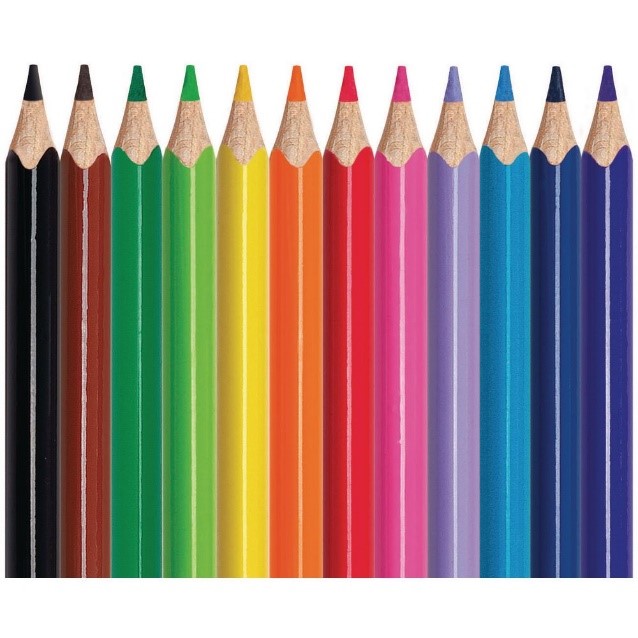by Olivia Haysman-Walker
Metaphors are something that we come across every day, but nevertheless struggle to correctly identify most of the time. They are highly subjective, come in all modes and medium of communication and are essential to both our language and the way we understand the world. Having been taught the fundamentals of metaphor in school, I came to university thinking I knew everything about them. First year proved me wrong – we studied Conceptual Metaphors for two weeks during the Language for Literature module that all first year English Literature students take, and I was pleasantly surprised by not only how interesting, but how useful studying metaphor at a deeper level could be. Metaphor is everywhere, from the more obvious ‘All the world’s a stage’ to our basic concepts of time, money and life. However, as a Literature student, I thought that those two weeks would be my only encounter with the study of metaphor.

Working with Professor Littlemore on her research project, Classifying Interpretations of Metaphor, allowed me to take my interest in metaphor further. During these five weeks of the scholarship, I worked on three different studies. The first was Professor Littlemore’s main project, EMMA, which looked at how the general public interpreted both visual and verbal metaphors when they are used in advertisements. My job was to sort through and code the responses of the participants for each of the 24 adverts used. It was interesting to see which adverts were easier to interpret and which would produce wildly different answers each time. The most memorable response was one participant who interpreted an advert for Kit Kat as a metaphor for Brexit and the divided state of our country!
The second study was analysing the Grand Prix winners of the 2019 Cannes Lions. Some of the winning adverts were truly amazing – two that really stuck with me were IKEA’s ThisAbles campaign, to make their furniture accessible to people of all abilities, and Volvo’s E.V.A. Initiative, to combat the sexist oversights in car safety design that have led to frightening statistics for female fatalities from car crashes over the past decades. We were looking for what distinguishes these winners from the other entrants – was it the effects they used in the video? The narrative the advert told? The real-world consequences of their campaign? I’d had very little experience analysing video before, so this was a wonderful opportunity to hone those skills whilst learning about the fantastic social changes these companies have enacted over the past year.

The third was a study of the cross-cultural associations between colours and emotions. I actually got to participate in this study myself, where I was presented with a certain emotion and asked to assign a colour to it (by choosing a coloured pencil) and explain my choice. My answers ranged from the obvious – ‘angry is fearful because it’s the colour of danger’ to the more subjective ‘confident is light blue because that’s the colour used to signify confidence in the Sims 4’. Later, during long Skype sessions, we collaborated with academics from all across the world to analyse and code the hundreds of responses.
Overall, the scholarship has given me an insight into the world of academia that an undergraduate degree would never normally allow me, and I am very grateful to have been able to take part.
